

2015-2016
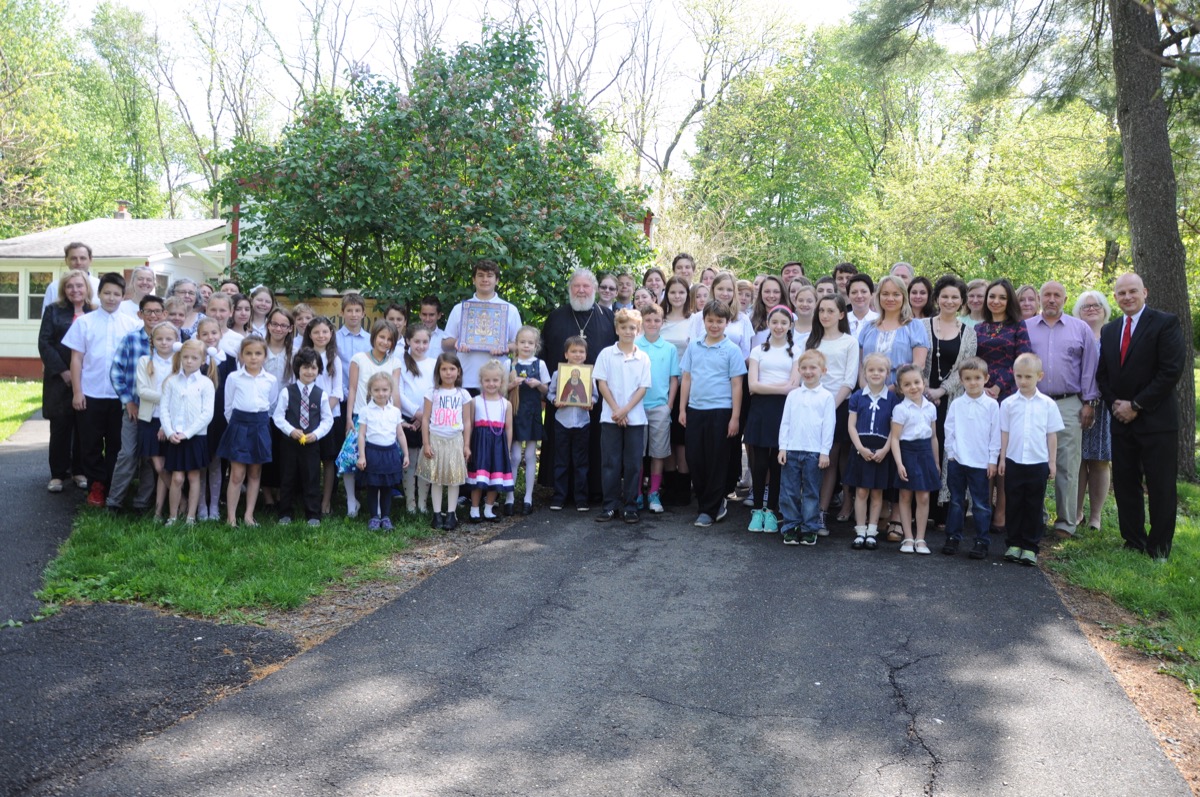
All graduation photos 2016 on this page
More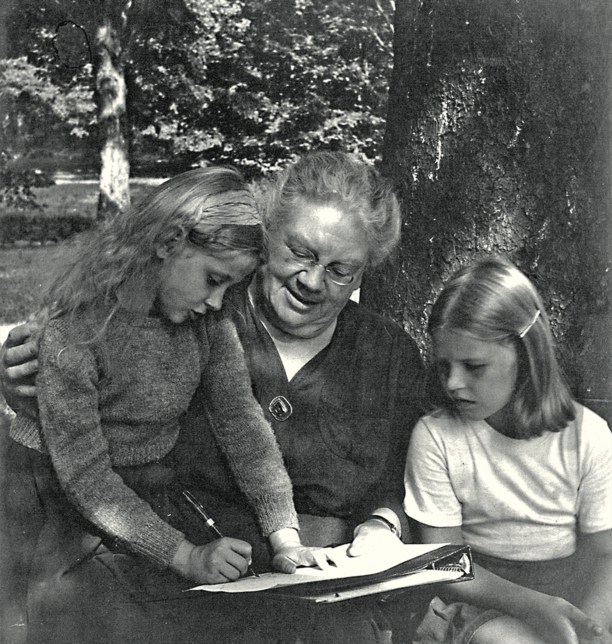
TO PRESERVE THE MISSIONARY TRADITIONS OF THE LEGENDARY TOLSTOY FOUNDATION IN NEW YORK STATE – the staff of teachers strives to do this – they are also the parents of children studying today in the Russian Orthodox school in honor of St. Sergius of Radonezh. The school’s director, George Lukin, tells us that when they founded the school in 2007, they understood that besides the previous problems inherent in the traditions of Russians living abroad - preservation of the Russian language and Orthodox faith among the children living in America, adding still new missionary work in the education of many new arrivals from the post-Soviet area of those of Russian people, often enough little and sometimes not knowing anything about Orthodoxy. And it not only applies to the children but also their parents! But most importantly, says George Lukin, "that we have to preserve our language and to be familiar with Russian culture, for us and the parents and children it is very important to be in a Russian environment, be a part of Russian society, active and effective, and through the school, we are strengthening our ties with the youth and attract new people. The history of Orthodoxy abroad is very rich, and besides book knowledge is important to convey the spirit of our ancestors who left us a legacy of much from that Russia, (which we have lost) and our task is to preserve and enhance this legacy."
More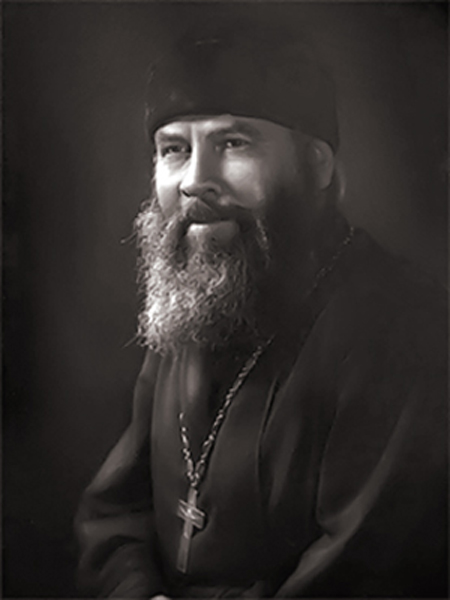
On our school's round logo, in small print, it says "Church School of St. Sergius of Radonezh. In memory of Father Seraphim and Matushka Elena Alekseyevna Slobodskoy". This dedication shows the deep appreciation and gratitude to them for their sacrificial and fruitful service to the Church. Father Seraphim and Matushka Elena Alekseyevna (Matushka Yolochka, as she was called with love by everyone who knew her) were written about in the parish magazine "Bulletin of the Sisterhood", and in 2011, their son, Alex Slobodskoy published a book about his father: "Protopriest Seraphim Slobodskoy. His Life and Legacy" (MOST Publishing Company, New York, 2011) dedicated to the memory of Father Seraphim and Matushka Elena Alekseyevna Slobodskoy.
There is little that one can add to the detailed description of his life, not simple and full of fateful events, from his own words recorded by Olga Mikhailovna Tolstoy for the parish magazine. Father Seraphim was the son of a priest, Father Alexei Slobodskoy, who was shot on 28 August, 1937. We all know well how life was for children of clergy in the Soviet Union. The path to education was closed to them, not to mention the many other hardships in life. During World War II, Father Seraphim was drafted into the army and, without any training, was sent to the front lines. In German captivity, where thousands of Russian soldiers died of hunger, Father Seraphim met with two other artists Andrei Aleksandrovich Rostovtsev and Nikolai Alexandrovich Papkov. In the terrible conditions of German captivity, the artists became close friends, supporting one another and helping not to die of starvation. They painted portraits of his guards, and for that, they fed them. This saved them and helped them to survive.
More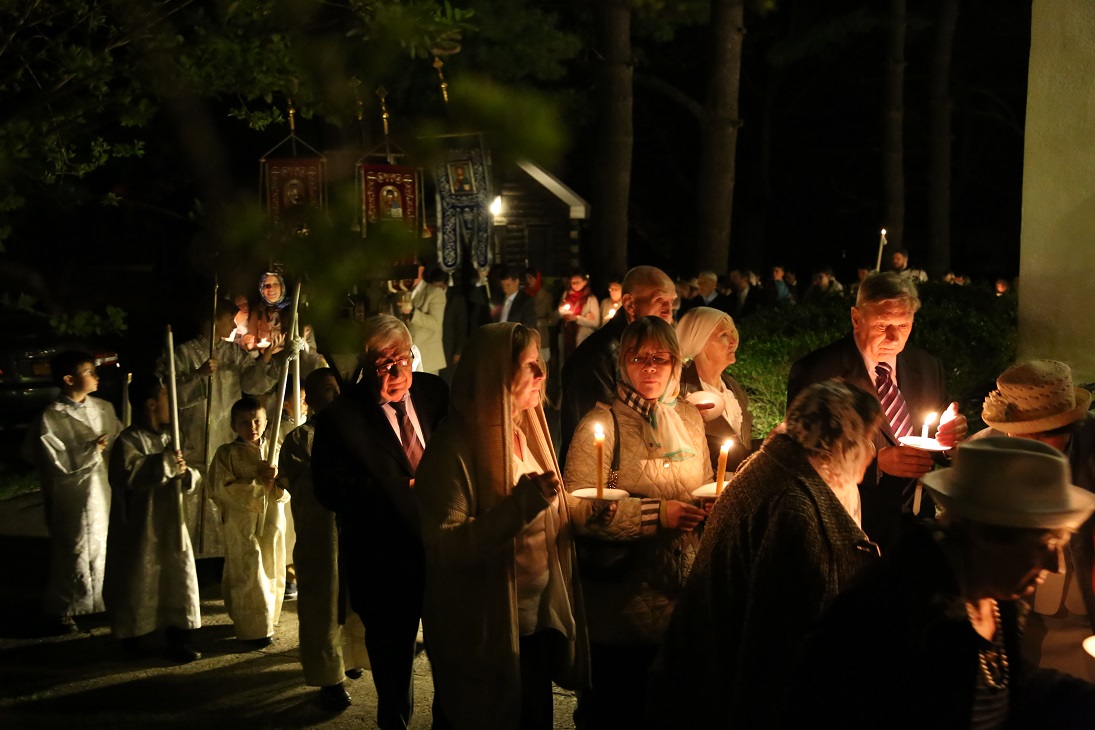
The solemn procession around the church with a large cross (from its bearing at the beginning of the procession, it got its name ), icons and banners around the temple.
One of the first references reported is that at the beginning of the fifth century, Bishop Porphyry of Gaza made a procession at the place of pagan temple, where it was supposed to build a Christian church and during a drought, he made the procession "having before him an honest cross" in the ancient church, where the relics of St. Timothy and other martyrs were. In the sixth century, the undertaking of such processions was legalized by Emperor Justinian I; he also forbade the laity to make processions without the participation of the clergy: "wherefore the procession of the cross, which has no priests, bearing the solemn prayer." Besides this, the processions were made ("peace-offering processions"), when the Byzantine emperors went to war: Theodosius I the Great "with the priests and the people walked around all the temples in a hair shirt, fell down before the tombs of the martyrs and apostles" before marching against Eugene; Emperor Mavriki made a procession in the life-giving source of the temple; Constantine X Doukas made "a long litany with a procession in which he himself walked on foot with tears and a broken heart." There are a number of reports that during natural disasters (floods, storms, drought) processions were made in Constantinople, when "the whole city, according to the historian, spoke as though in church." From the VI century in Constantinople the consecration of churches began to be connected with the solemn processions; so, in the year 536, the first consecration of the St. Sophia Cathedral was accompanied by procession in it from the Church of St. Anastasia.
More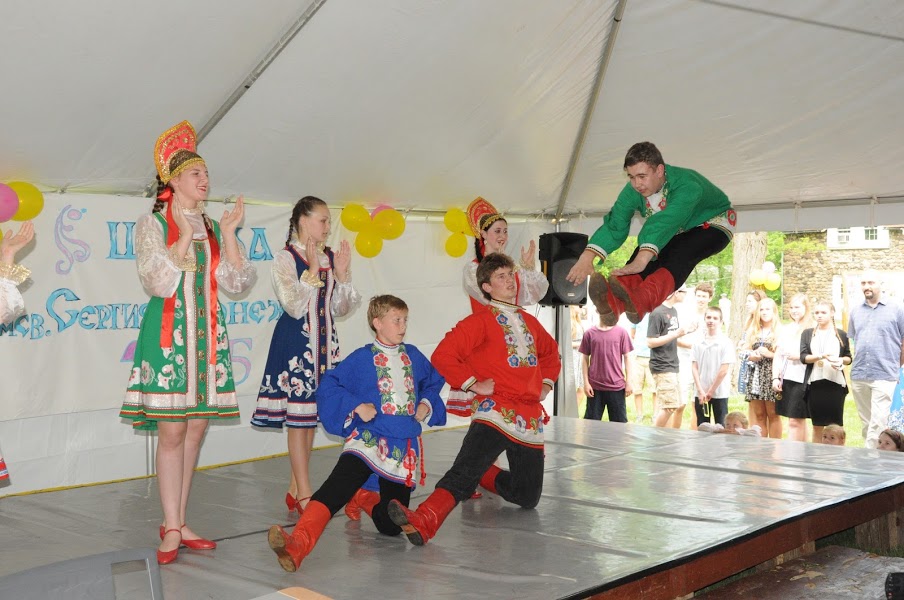
The graduation ceremony took place on May 22, 2016 at 1pm
The program consisted of a prayer service, speech by the school's director, handing out student awards, a choir performance, student speeches, a mini-performance of "Mistress Into Maid" and our picnic.
Entrance and events are free. Feel free to invite your family and friends!
More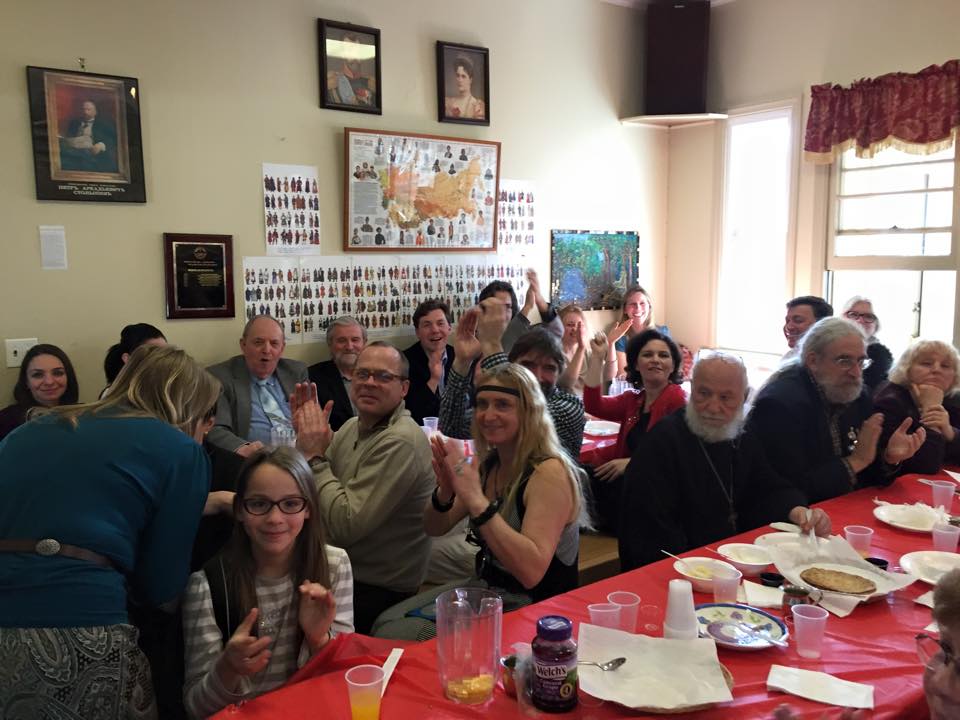
On March 12 we celebrated Maslenitsa at school with family and friends...
More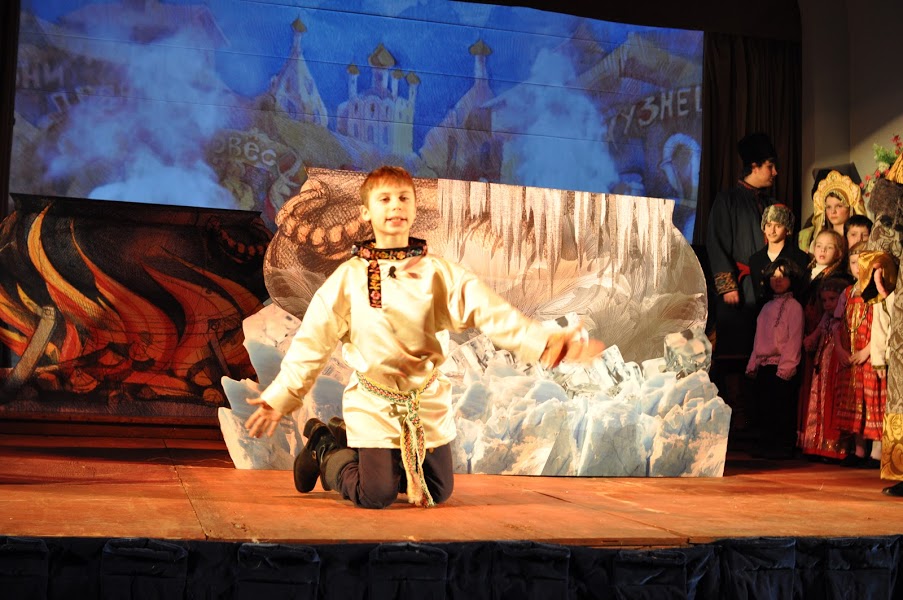
A house on the edge of a field. An Old Man is at home. Gavrilo and Danilo are at home. Ivan the Fool is at home. It is crowded in the house. The Old Man goes out to cut the rye wheat. Gavrilo and Danilo are glad. Gavrilo and Danilo make merry. Gavrilo and Danilo arrange an outdoor party. Gavrilo and Danilo dance with the Wet-Nurses. The Old Man returns from the field. The Old Man drives the Wet-Nurses away. The Old Man tells his sons of a terrible villain. This villain comes at night. The villain cannot be seen by anyone. The villain tramples on and ruins the wheat. The villain must be caught and destroyed...
More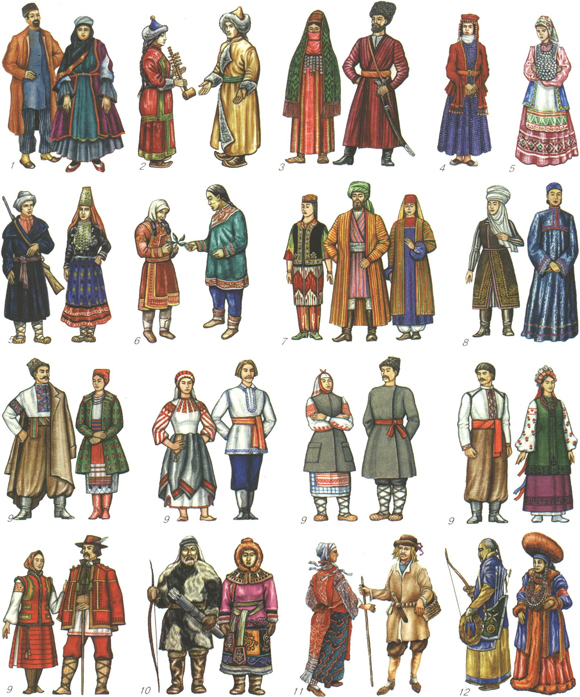
The day of Russia Nationalities will be held on Saturday, March 5, 2016. Students of all grades will tell about nationalities inhabiting Russia. Each class will prepare information about one nationality. Organizers: Claudia Hetchinova and Olga Zhuravleva.
More